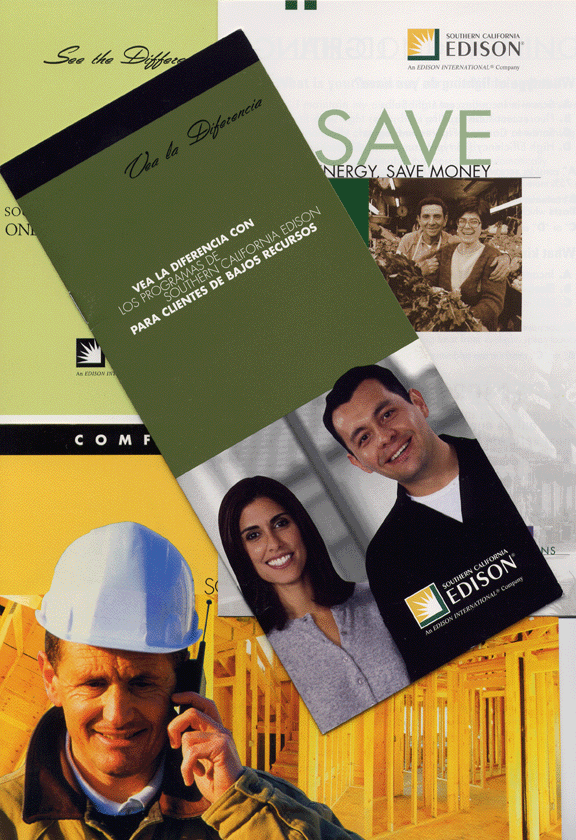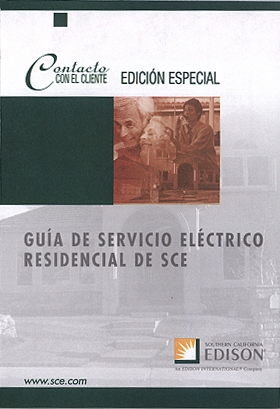|
|
 |
|
|
 |
Summary:
 In early 2001,
California experienced an energy shortage of unparalleled and historic significance. At the time, California utilities were privately
aware of the now-well-known fact that Enron and others were artificially manipulating the newly-deregulated power industry.
However, finding a receptive audience for artificial demand-generated price increases was impossible. Southern
California Edison and others in the State faced rapid, irreversible bankruptcy. In early 2001,
California experienced an energy shortage of unparalleled and historic significance. At the time, California utilities were privately
aware of the now-well-known fact that Enron and others were artificially manipulating the newly-deregulated power industry.
However, finding a receptive audience for artificial demand-generated price increases was impossible. Southern
California Edison and others in the State faced rapid, irreversible bankruptcy.
So, conflicting public explanations of the
shortage's root causes led to the universally-accepted belief that California's two major utilities--of which Southern California Edison (SCE) is one--caused the problem. While not
true, this crisis and its politically-charged implications severely weakened the relationships SCE had previously built with
residential and business customers. Two things were clear: the only immediate solution to the crisis was to have citizens
conserve electricity, and SCE needed new communications methods to strengthen customer satisfaction and relationships. SCE
needed to develop an integrated strategic plan for educating California customers on energy efficiency and improve its customers' overall satisfaction and perception at the same time.
Approach:
Frankel Integrated Account Director,
Harold Maurer, led the team to help Southern California Edison. The chosen approach was to develop a customer-centric, public-relations-driven
educational campaign that would be supported by print, media, and the Internet. In addition, the initial planning set the
groundwork for repositioning and re-branding SCE’s customer strategy. Keeping a close eye
on State-monitored operational costs, the team integrated the energy efficiency program plan with SCE's Media Relations Group, their promotions agency and their advertising agency. The team studied and set the overall campaign
strategy—completed in less than two weeks through to client approval—to unify Energy Efficiency messages in all
media around a central, brand-enriching theme, "See the Difference,” and then coordinated designing and creating a host
of targeted materials educating customers on the energy-saving programs. Among these were:
 Refrigerator rebates and recycling Refrigerator rebates and recycling
- Home appliance rebate-programs
- Energy efficiency improvement
- Swimming pool energy savings
- In-the-home energy audits
- Retail information kiosks
- A fully-interactive website encouraging consumers to enroll in and save energy through more than 20 individual programs.
Overall, the Energy Efficiency Programs
extended to SCE’s entire residential customer base, totaling 3.7 million homes, and small
businesses, totaling about 280,000. Although large businesses were not a primary audience, the efficiency messaging could
potentially reach them as well because they were being delivered to the executives homes. In implementing the plan:
- PR was used to send messages to the mass audience for little expense
- More direct messaging to targeted groups—higher costs—were used elsewhere
- Direct mail would target select customers to garner participation in SCE’s “Blitz”
programs—limited-time rebates to customers who purchased and installed energy efficient appliances.
- Bill inserts, brochures distributed at trade and public events, and public affairs elements were recruited as low-cost
options for communicating to the entire customer base
Results and Discoveries:
 The programs also targeted the business
community, providing comprehensive direct mail, Internet, and program communications planning to secure commercial participation
in energy efficiency programs as well. All under the brand-enhancing banner of "See the Difference" In 2002, these programs
would also help launch SCE’s “Business Solutions” program to leverage the entire
customer communications approach for even greater results. The programs also targeted the business
community, providing comprehensive direct mail, Internet, and program communications planning to secure commercial participation
in energy efficiency programs as well. All under the brand-enhancing banner of "See the Difference" In 2002, these programs
would also help launch SCE’s “Business Solutions” program to leverage the entire
customer communications approach for even greater results.
From the beginning, there were two very clear and rigorous objectives: reduce kilowatt-hours by achieving State-defined program-participation levels, and meet tight operational cost constraints. Since communication programs started hitting the marketplace, SCE has been inundated with requests at its fulfillment center, creating a new opportunity: supporting customer interest and participation. By the end of 2001, SCE's programs achieved over 100% of Southern California Edison’s energy-savings goals. Additionally, thanks to targeted messaging and promotion, retailers' stock of energy-efficient equipment to support the programs was depleted. These clear signs of success have helped the State provide SCE additional funding to promote even more energy-efficiency programs and continue along their path of improving overall satisfaction and loyalty through CRM.
Postscript:
In 2003, JD Power named Southern California Edison’s integrated marketing and communications efforts among the “five best” customer focused electrical utilities in
North America. This was a direct result, according to JD Power, of the customer work the utility did during the power crisis.
|
|
|
|
|
|
|
|
|
 |